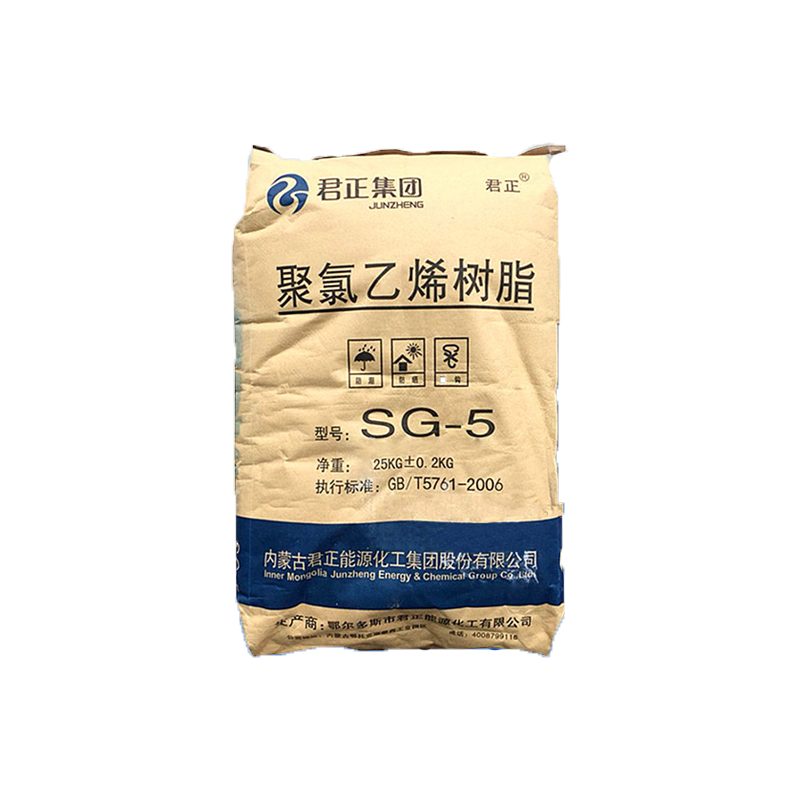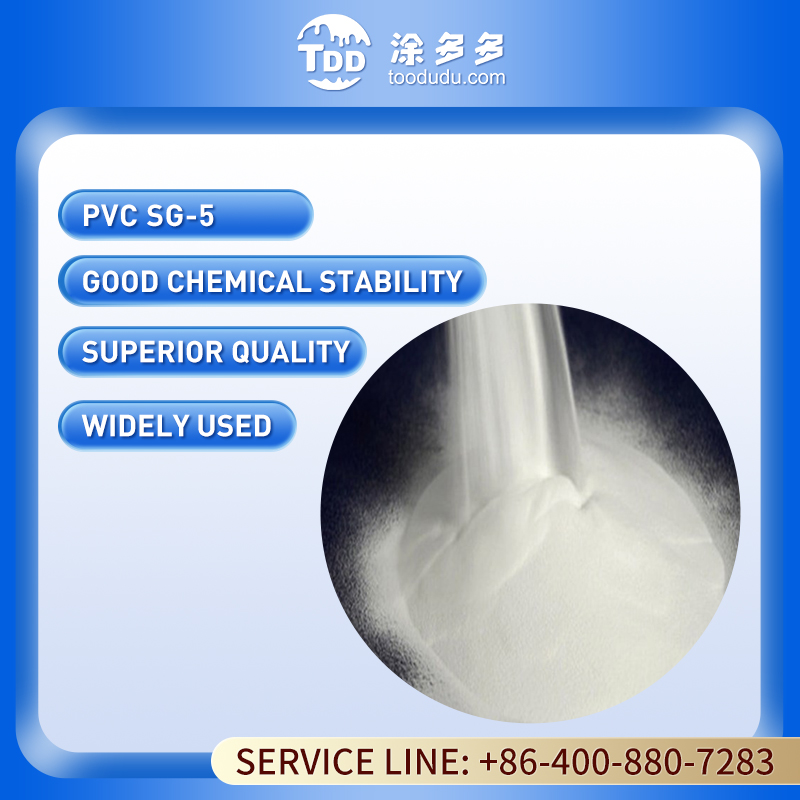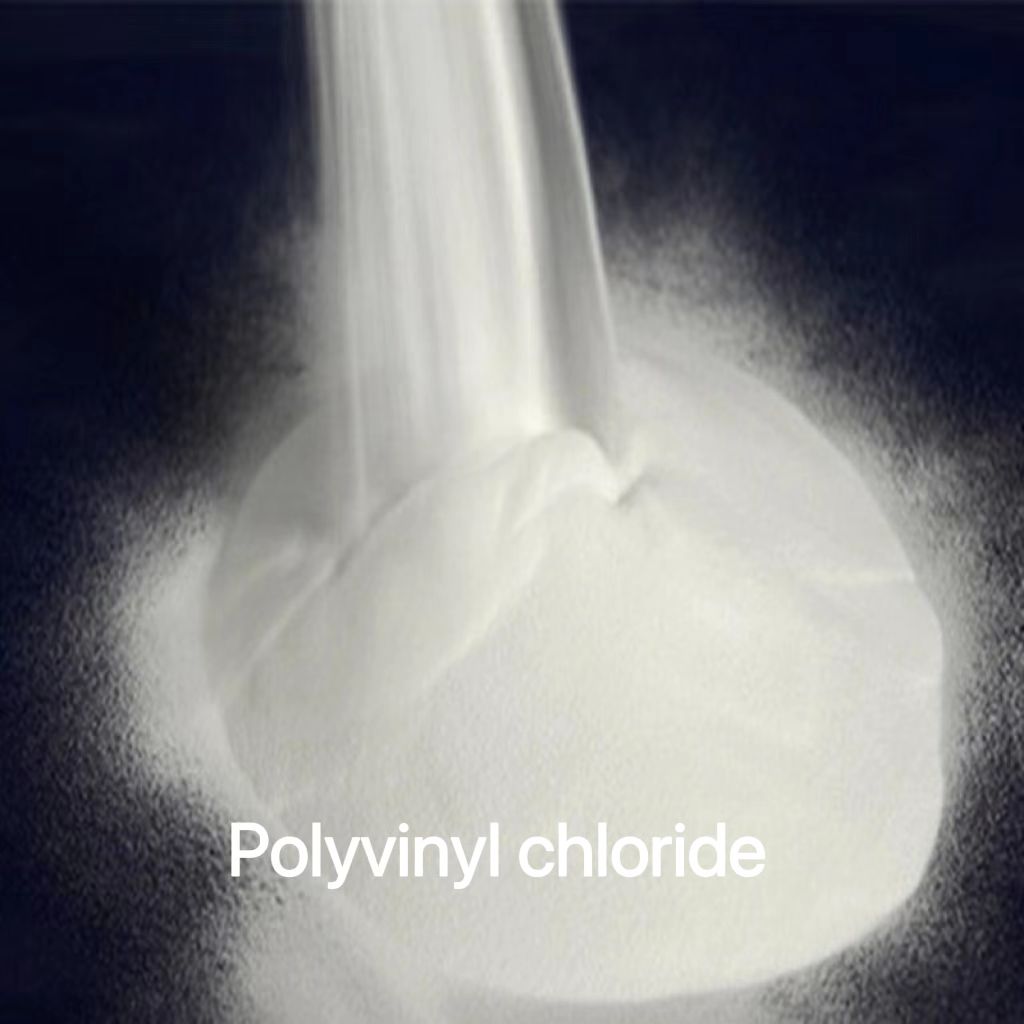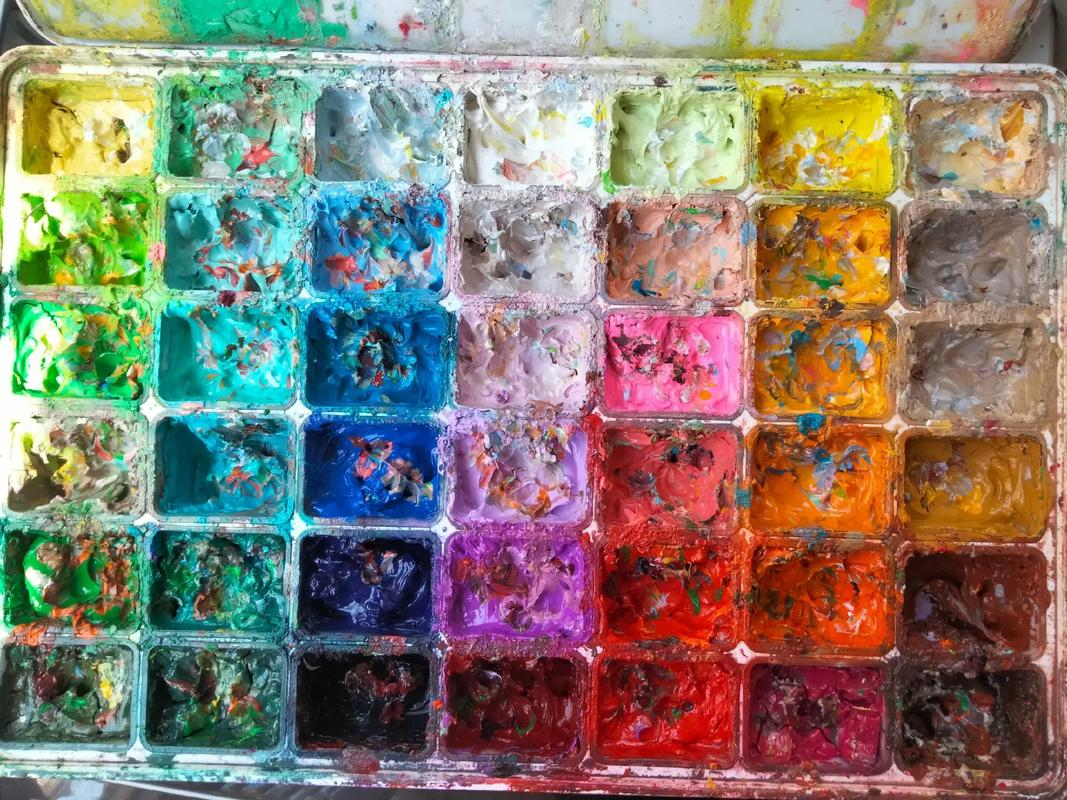Basic Forms of PVC
Polyvinyl Chloride is widely available in two broad categories: Flexible and Rigid. But there are more types like CPVC, PVC-O and PVC-M.
Plasticized or Flexible Polyvinyl Chloride PVC (Density: 1.1-1.35 g/cm3): Flexible PVC is formed by the addition of compatible plasticizers to PVC which lower the crystallinity. These plasticizers act like lubricants resulting in a much clearer and flexible plastic. This type of PVC is sometimes called as PVC-P.
Unplasticized or Rigid Polyvinyl Chloride PVC (Density: 1.3-1.45 g/cm3): Rigid Polyvinyl Chloride PVC is a stiff and cost-effective plastic with high resistance to impact, water, weather, chemicals and corrosive environments. This type of PVC is also known as UPVC, PVC-U or uPVC.
Chlorinated Polyvinyl Chloride or perchlorovinyl: It is prepared by chlorination of PVC resin. High chlorine content imparts high durability, chemical stability and flame retardancy. CPVC can withstand a wider range of temperatures.
Molecular Oriented Polyvinyl Chloride PVC or PVC-O: It is formed by reorganizing the amorphous structure of PVC-U into a layered structured. Bi-axially oriented Polyvinyl Chloride PVC has enhanced physical characteristics (stiffness, fatigue resistance, lightweight, etc.).
Modified Polyvinyl Chloride PVC or PVC-M: It is an alloy of PVC formed by addition of modifying agents, resulting in enhanced toughness and impact properties.
Recommand products from TDD:
 Junzheng Polyvinyl Chloride Resin SG5
Junzheng Polyvinyl Chloride Resin SG5
 Yanhu Polyvinyl Chloride Resin SG5
Yanhu Polyvinyl Chloride Resin SG5














